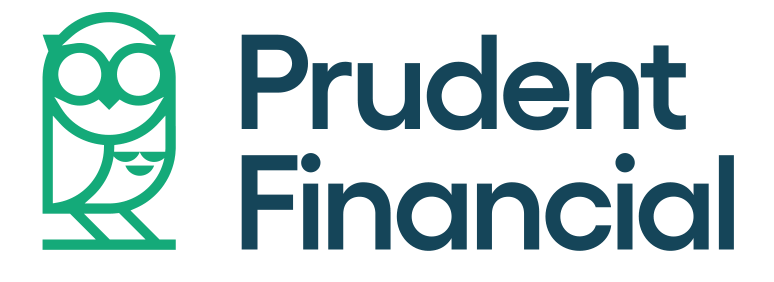
 We seem to be hearing about fraud schemes all the time these days. Unfortunately, technology and the internet has made it easier for fraudsters to not only find out personal information, but to use that personal information to trick people into providing details that can then be used to steal their money. This week, we’re starting a 3-part blog series on identifying fraud. Today’s topic: phishing schemes.
We seem to be hearing about fraud schemes all the time these days. Unfortunately, technology and the internet has made it easier for fraudsters to not only find out personal information, but to use that personal information to trick people into providing details that can then be used to steal their money. This week, we’re starting a 3-part blog series on identifying fraud. Today’s topic: phishing schemes.
Phishing schemes are scams initiated by cybercriminals in an attempt to gather personal information from you or to gain access to your computer’s personal files. Often these take the form of seemingly genuine emails asking you to call a number, respond to an email, or click on a link. Often these emails look real, but by taking action you can be putting yourself at risk.
All too often, the links provided in such emails are actually malware that downloads to your computer in the background, allowing the fraudsters to access and use your personal information.
Here are some tips to help with identifying fraud and phishing schemes:
- Bad spelling and grammar. This should be a major red flag. Your banking institution or the Canada Revenue Agency will never send out an email that is full of mistakes, so if you find one, you should immediately question the origins of the email.
- Check the email address. To try and make phishing emails seem more legitimate, fraudsters will often use email addresses that resemble the names of well-known companies but are slightly altered, sometimes even things you wouldn’t notice at first glance.
- Abnormal requests or websites. If the website address doesn’t look like the address you usually use, or if the email is requesting details that the institution wouldn’t normally ask for, think twice before doing anything.
- Don’t let a threat cause you to act without further thought. Many email phishing schemes depend on threats to make you act. Threats regarding closed accounts, accounts going to collections, etc., are all common, and are designed to make you click those problematic links or call a number and provide financial info.
When in doubt, Google can be your best friend. If you receive a questionable email, do a little extra research. Better yet, call the institution the email is allegedly from.
If you receive an email that you believe to be a fraudulent phishing scheme, report it to the institution it is supposedly from or to the Canadian Anti-Fraud Centre. This will help others from unwittingly becoming victims.
At Prudent Financial, we take our reputation – and your security – very seriously. If in doubt, give us a call and speak with a representative before providing any information online!
Visit https://www.prudentfinancial.net/ or call Toll Free: 1-888-852-7647.
